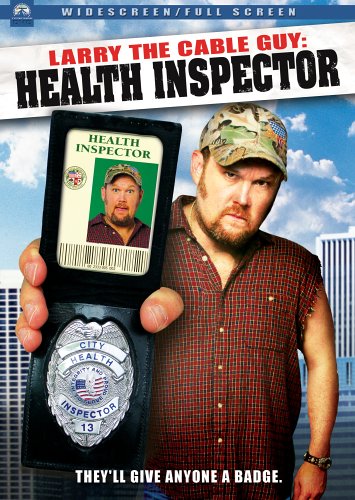Misti Crane of the Columbus Dispatch wrote yesterday that as part of an overhaul of food safety regulation in the city of Columbus (coincidentally, the site for the International Association for Food Protection annual meeting this year), a record number of restaurants have been brought before the city’s Board of Health. Crane reports that beginning in 2005 the board took action (including probation, suspended operations or revoking licenses) against restaurants 82 times; in the previous 7 years there had been only 10 cases. The more interesting part of the story to me is how the health department has addressed the sometimes-difficult barrier of interacting with different cultures as a regulator.
Crane writes about a city inspector relating an anecdote about cultural and language issues in a new restaurant:
 After seeing some food-safety problems at Fiesta Time, a new Mexican restaurant in Clintonville, a city inspector realized he was facing a language barrier, came back to the office and talked to co-worker Vince Fasone.
After seeing some food-safety problems at Fiesta Time, a new Mexican restaurant in Clintonville, a city inspector realized he was facing a language barrier, came back to the office and talked to co-worker Vince Fasone.
Fasone, known as "Vicente" to Spanish-speaking restaurant owners and workers, paid a visit to Fiesta Time. In Spanish, which he speaks fluently after four years living in Mexico City, he explained the violations.
Then he scheduled an early-morning visit last week for staff training.
Fiesta Time co-owner Wendy Hernandez said she and her partner, Jose Bravo, don’t want to break rules and certainly don’t want to find themselves before the Board of Health.
Sometimes, the instructions a manager gives employees sink in better once they’re delivered by an outsider, especially one who speaks their language, Bravo said.
Working with food handlers of differing cultural and ethnic backgrounds can be a barrier in implementing food safety programs and practices. Not being able to relate what to do, how to do it and most importantly why to do it, makes food safety training ineffective. Understanding different cultures and being able to put food safety in context for a variety of food handlers can differentiate good communication from bad communication.
Many health departments across North America have inspectors and program coordinators who are adept at adjusting their activities to different cultures, but some I have talked to have related that it is sometimes difficult to convince health boards and local politicians of this need.
